The Most Unique and Low-Maintenance Pets You Can Actually Afford
Not everyone has the time, space, or budget for a high-maintenance pet, but that doesn’t mean you have to settle for the usual cats and dogs. Some of the most fascinating, low-maintenance pets are also surprisingly affordable and way more interesting than a goldfish! Here are remarkably affordable ones that require minimal effort but still bring joy.
Hermit Crab
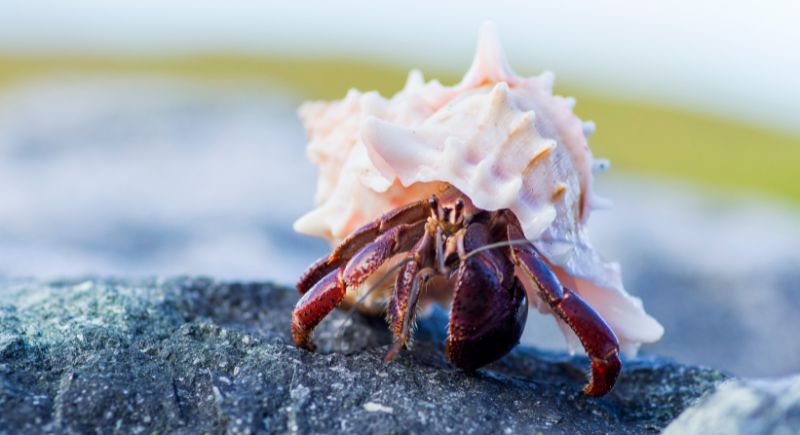
Credit: Getty Images
Hermit crabs carry their mobile homes on their backs. They only need a warm tank with sand for burrowing, some fresh and saltwater, and an occasional shell swap. They’re nocturnal, so don’t expect much action during the day, but at night, they scuttle around like tiny explorers.
Leopard Gecko

Credit: Getty Images
Leopard geckos are beginner-friendly reptiles who don’t need fancy lighting setups like other lizards, just a heat source to keep them comfortable. Their diet is just a steady supply of crickets or mealworms. Since they don’t need daily attention and only eat a few times a week, they fit perfectly into a busy schedule.
Guinea Pig
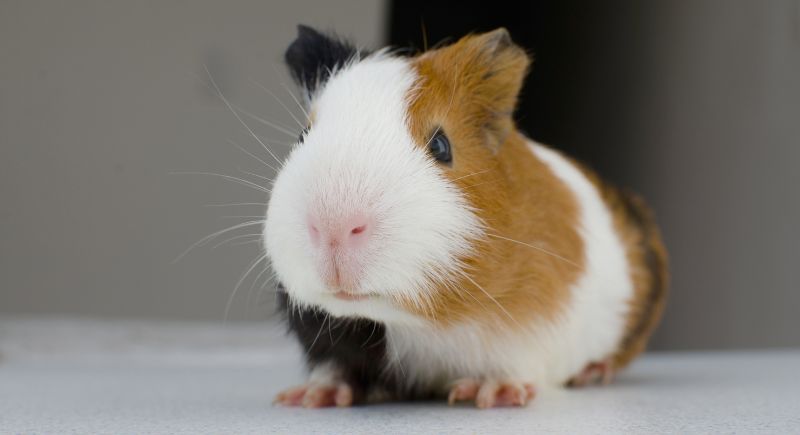
Credit: Getty Images
Guineas love a good veggie snack and require a simple setup: a spacious cage, fresh hay, and a water bottle. They don’t demand constant interaction but appreciate occasional cuddles and playtime. Their wheeks and chirps add personality to any home, and they have five to seven years of lifespan.
Scorpion
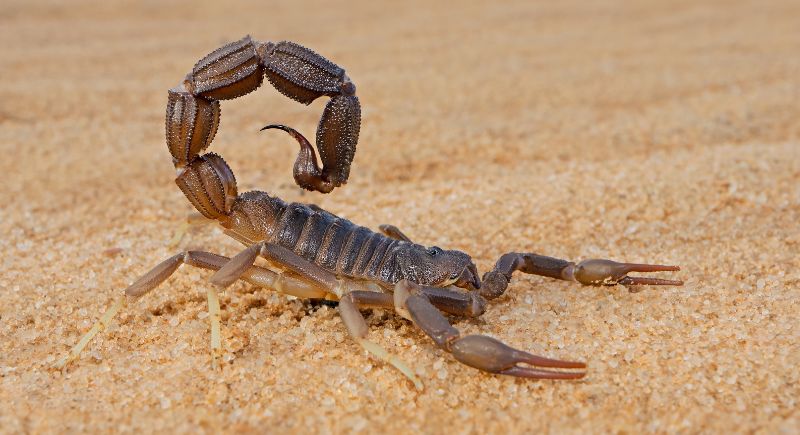
Credit: Canva
These nocturnal creatures only need a small tank with hiding spots and a steady temperature. Their meal is also straightforward: feed them crickets or mealworms once or twice weekly. Just research the species before buying because some packs have a venomous sting!
Gerbil
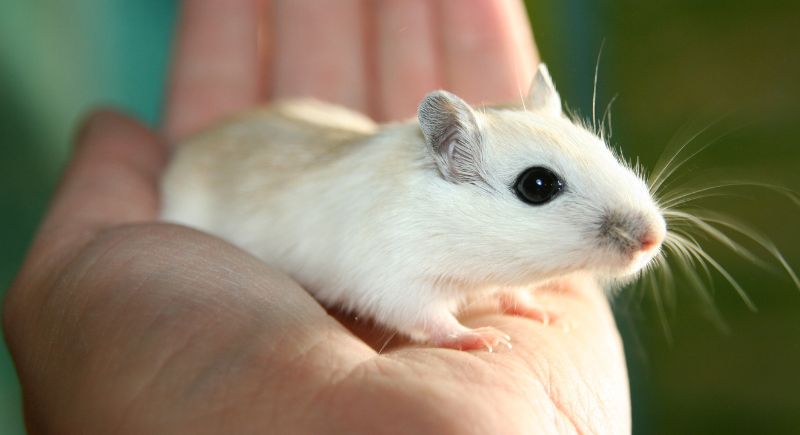
Credit: pixabay
Unlike hamsters, gerbils rarely bite and prefer to live in pairs or groups. Their setup is simple: a well-ventilated cage, fresh bedding, and an exercise wheel. They’re clean animals who produce little odor, and their diet consists of essential seeds, grains, and occasional treats. Watching them burrow, explore, and interact with their cage mates is endlessly entertaining.
Turtle
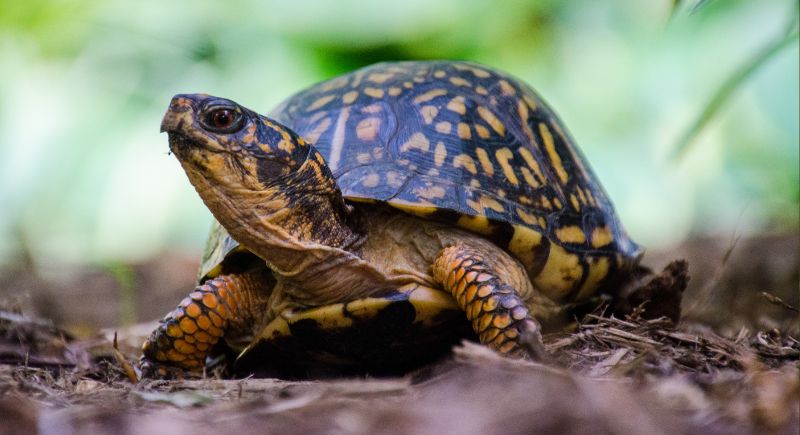
Credit: Getty Images
Turtles live for decades, with some reaching 50 years or more. Their care routine is relatively simple; daily feeding, proper UVB lighting, water filtration, and a well-maintained enclosure. Their slow and steady nature makes them a calming presence in any home.
Sea Monkeys
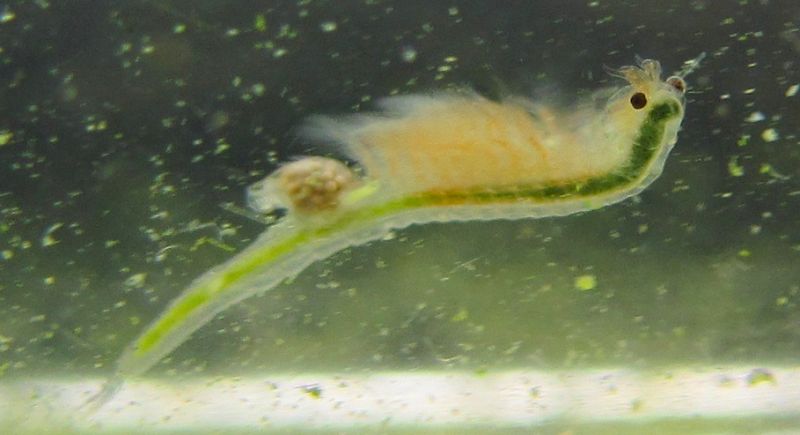
Credit: flickr
Sea Monkeys are like the ultimate childhood science experiment, except they’re real, living creatures. When mixed with water, these tiny brine shrimp hatch from dehydrated eggs to create an instant, low-maintenance pet colony. With just a little feeding and occasional water care, they thrive in their miniature tank, performing tiny backflips and floating like aquatic acrobats.
African Dwarf Frog

Credit: flickr
African Dwarf Frogs are the perfect option for those who love aquatic pets but don’t want the hassle of a full-blown fish tank. They live fully submerged in water and only surface occasionally to breathe. They’re happy with sinking pellets or frozen bloodworms. These tiny frogs are social and do best in pairs or small groups.
Chinchilla
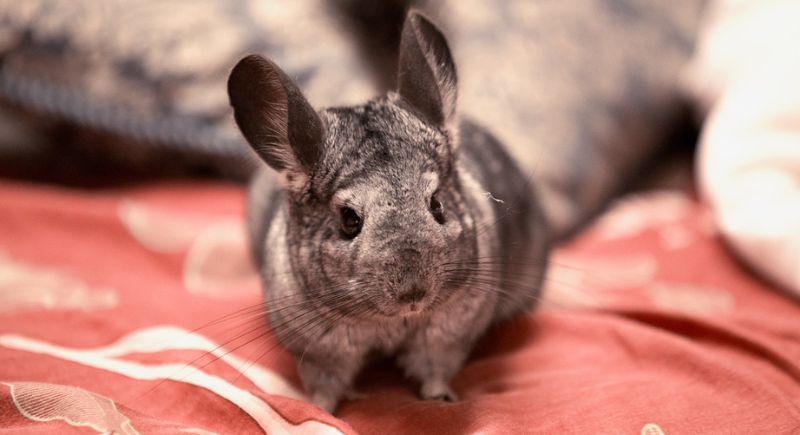
Credit: flickr
Chinchillas produce little odor and require minimal bathing; a dust bath a few times a week keeps their fur in shape. They thrive on hay and pellets and need a spacious cage with room to jump and climb. While they can be handled, they prefer to be social on their own terms.
Butterfly Kit
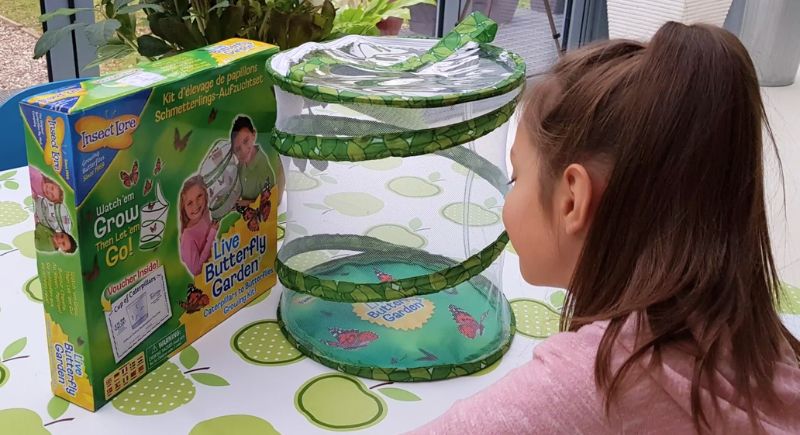
Credit: Green Gardener
Looking for an educational and fun choice for an interactive pet experience? A butterfly kit is built for it. It comes with caterpillars that transform into butterflies within a few weeks. The kit only needs a mesh enclosure and regular sugar water or fruit feeding, and once the caterpillars mature, you can release them into the wild.
Mouse
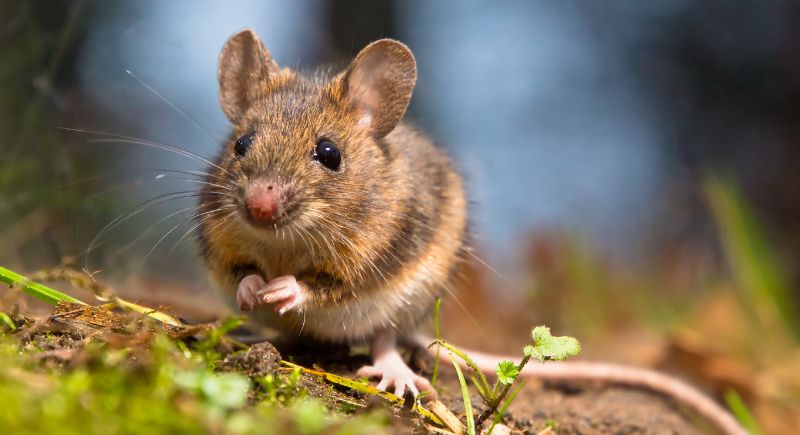
Credit: Getty Images
Mice are tiny, curious, and easy to care for. Unlike some rodents, they’re active and enjoy exploring their environment. Their short lifespan of around two years makes them a good option for those not looking for a long-term commitment.
Green Anole
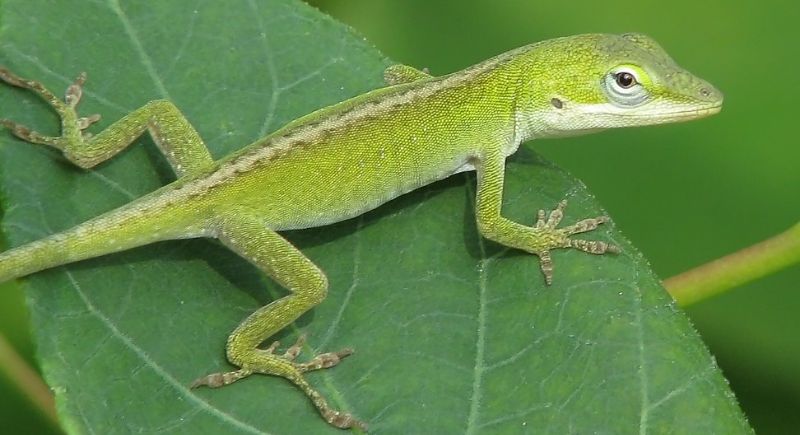
Credit: flickr
This tiny, bright green lizard is an excellent beginner reptile. Green anoles need a small terrarium with branches for climbing and a heat source for warmth. They primarily eat live insects and can change color from green to brown depending on their mood or environment.
Tarantula

Credit: pixabay
These fuzzy arachnids need a small enclosure, a hiding spot, and a diet of live insects once or twice a week. They don’t need constant attention and are surprisingly docile. Some species, like the Chilean Rose Hair Tarantula, are even known for their calm demeanor.
Canary
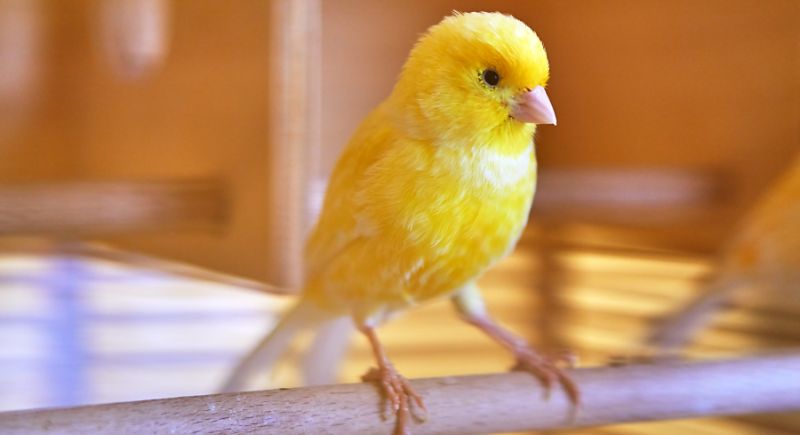
Credit: Getty Images
Canaries bring a splash of color and song into any home without demanding much. Their cheerful singing is a bonus and fills the room with pleasant sounds. They will only need fresh water, seeds, and the occasional fruit treat to keep them thriving.
Silkworms
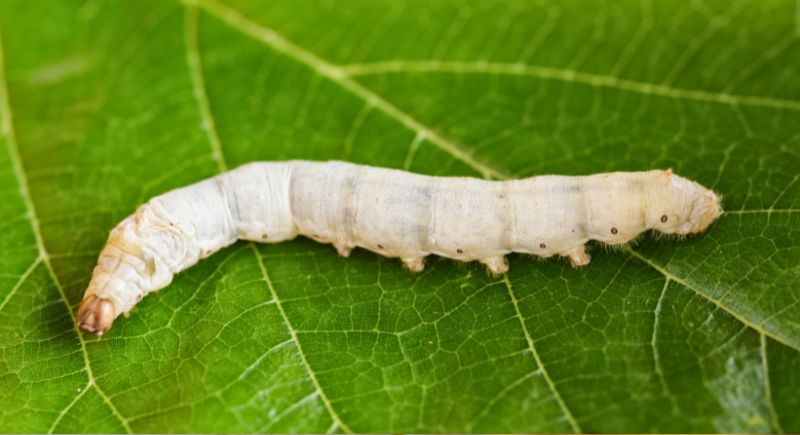
Credit: Getty Images
Silkworms might not seem like pets, but watching them turn into moths is like having VIP access to nature’s magic. They don’t bite, smell, or make noise. They also munch exclusively on mulberry leaves, stay in a contained box, and eventually spin silk cocoons—yes, real silk!
Jumping Spiders
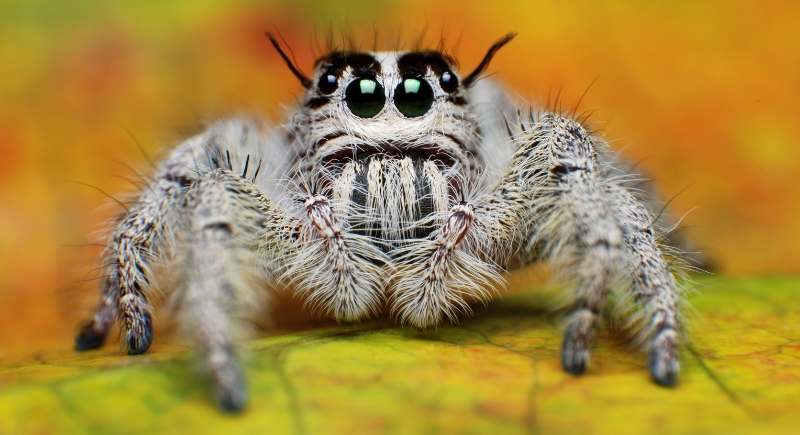
Credit: Getty Images
Jumping spiders might look tiny, but they’re surprisingly charismatic. A small terrarium with ventilation and a few climbing spots is enough to keep them happy. They don’t spin webs to catch food and need only occasional feedings of small insects. Their curious movements make them entertaining without demanding much attention.
Betta Fish
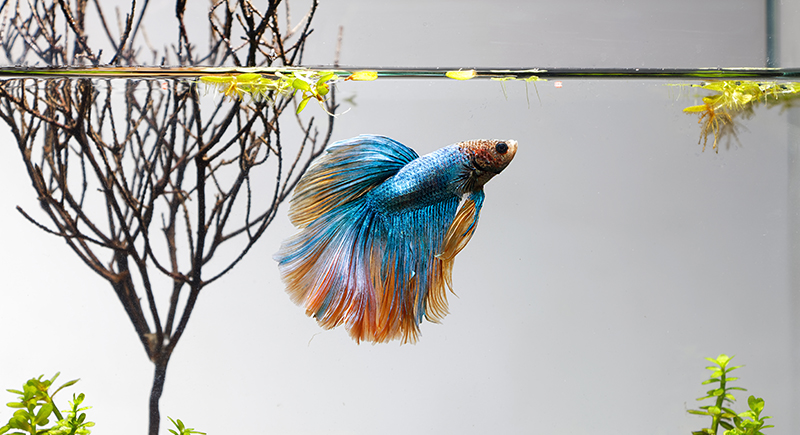
Credit: iStockphoto
Betta fish come in dazzling colors and flowing fins, making even a small tank feel lively. They live comfortably in modest aquariums with a filter and regular water changes. Bettas prefer living alone and only need feeding once or twice a day. Their quiet nature suits compact spaces and busy lifestyles perfectly.